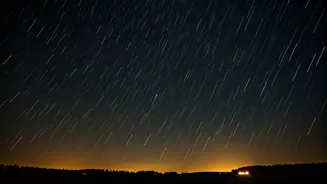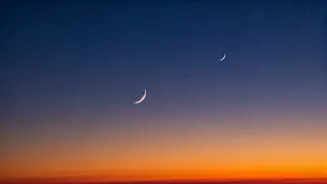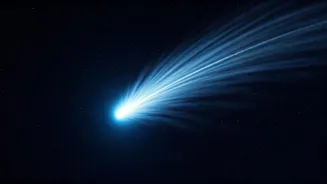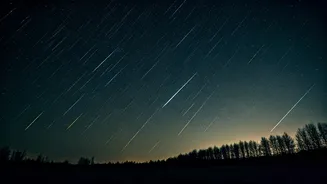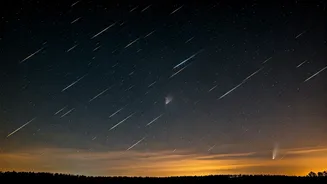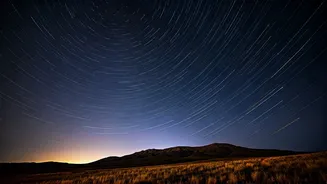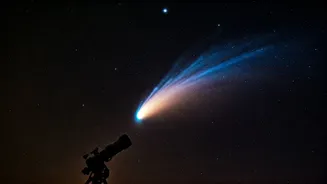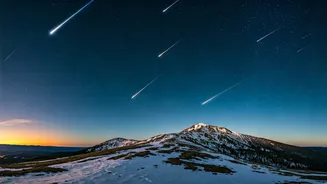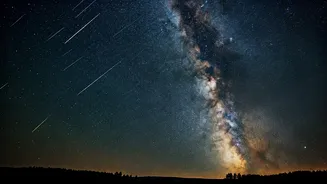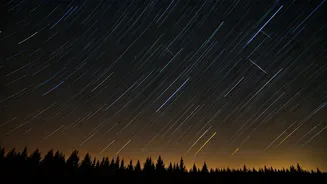The Radiant Point
The Orionid meteor shower, a yearly celestial event, has its radiant – the apparent origin point of the meteors – within the constellation Orion. This
means that if you traced the paths of the meteors backward, they would seem to originate from this specific area in the sky. The location of the radiant is a crucial factor in identifying and observing the meteor shower, aiding viewers in pinpointing the best direction to observe the spectacle. Understanding where the radiant is allows viewers to anticipate where the meteors will be most visible, enhancing their viewing experience and appreciation of the event. The Orion constellation is easily recognizable, helping skywatchers orient themselves and fully enjoy the Orionid meteor shower.
Origin of the Show
The Orionids meteor shower is a remnant of the famous Halley’s Comet. As the Earth moves through the comet’s debris, these particles enter the atmosphere, creating the bright streaks of light we see as meteors. This annual event is a result of Earth’s passage through this trail of cosmic dust. The comet's path leaves behind this material. These tiny pieces of space dust, upon colliding with our atmosphere, burn up, leaving the visual spectacle. The Orionids provide a unique opportunity to witness the remnants of a historic comet, making it a particularly fascinating event for astronomy enthusiasts and casual observers alike.
Viewing Availability Worldwide
The Orionid meteor shower was a global event, visible from both the Northern and Southern Hemispheres. Due to the position of the radiant point, the display offered an accessible viewing opportunity for people across different geographical locations. This worldwide visibility ensured that the celestial event could be enjoyed by a vast audience. The best viewing times were after midnight. The intensity of the display is measured by the zenithal hourly rate, which estimates the number of meteors that can be seen per hour. With a potential of up to 15 meteors per hour, skywatchers worldwide had a good chance of witnessing this celestial display.
Tips for Optimal Viewing
For the best experience, observers are advised to find a dark spot away from city lights. The lack of light pollution is crucial for maximizing visibility. An open, unobstructed view of the sky is also essential. This allows viewers to scan the entire expanse of the sky without visual obstructions. Finding a place with minimal ambient light sources will significantly improve the chances of seeing the meteors. With these simple tips, viewers could enhance their viewing experience, allowing them to fully appreciate the beauty of the Orionid meteor shower. Proper preparation can transform a casual viewing session into a memorable astronomical experience.
